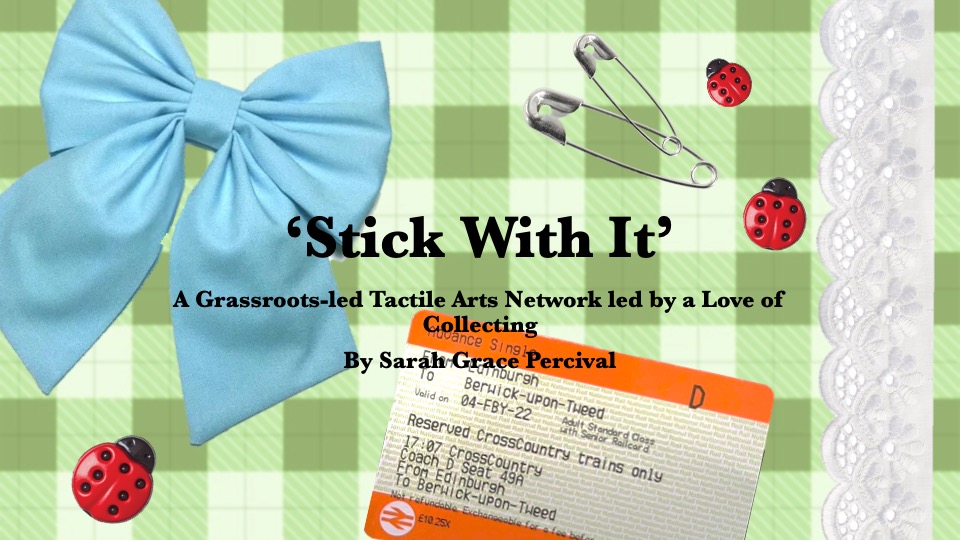
I think my presentation went very well. I spoke for exactly 5 minutes and by having a key questions section at the end left lots which the audience could potentially ask me about. I was concise in my speaking, giving informative narratives and relevant information about the project, and as I went through the slides people seemed to be able to follow well. At the end when asked the majority of the group said that it was clear what I wanted to curate and how I was going to do that, and they said that the style of the PowerPoint helped them to visualise my project.
In regards to the physical PowerPoint my main feedback was to include key quotes, such as when I reference Derrida, as I assumed that that area of research was common knowledge when perhaps it wasn’t, and for me to be a bit clearer in exactly what the events would look like. To do this, I am therefore going to experiment with running a mock up style event on a smaller scale which I can photograph so that people can see visually how the network will work a bit better. Additionally maybe having the magazines that I reference with me, as I am proposing such a physical project, might have worked better than just images on the screen to support the audience.
In terms of project people said that my ideas were clear, interesting, and engaging, with the network being something they would like to take part in. We briefly discussed what environment would I use for the events, with me saying that maybe the home or small local venues would be best because of the link to the history of women making in the home because they cannot leave, but actually this is something I need to think about more. How would the events change if more people attended? Should I use pre-existing friendship networks or aim to create new ones?
Artists Cara Phillips, Emily Pope, and Katie Schwab were given to me as practices to look into through their mixed media engagement. By doing more artist- based research I can think about how I can start to digitally curate pre-existing work that links to some of the themes of the network before I am then tasked with how to curate constantly changing and evolving dialogues that I in theory have ‘commissioned’ by starting the network. This gives me a great place to work from now that I know my idea for the curatorial project works as I have proposed and has been received positively.
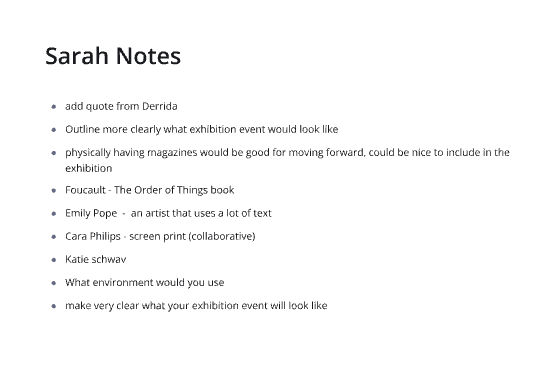 Screenshot of Group 5 Miro Page – My Presentation Notes (10/3/25)
Screenshot of Group 5 Miro Page – My Presentation Notes (10/3/25)
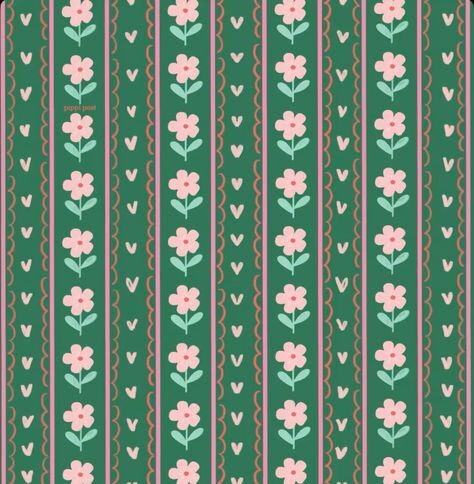

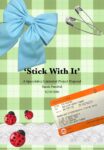



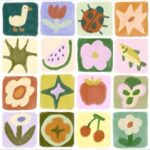

s2721851
24 March 2025 — 01:39
Zephyr’s peer review:
Sarah, your blog reads like a passionate manifesto—one that sharply critiques traditional curation while earnestly exploring the possibilities of community-driven art. Your proposed project, Stick With It, which builds dialogue through postal art and craft, makes me want to participate immediately—a testament to the emotional resonance of your vision. As a peer, however, I’d like to share some points where I felt “stuck,” which might help ground your ideas further.
Your critique of the university’s archival exhibition (#004) is incisive: How do glass cases and rigid narratives stifle the conversations art should provoke? This resonated deeply. By centering joy as a curatorial driver (#006) and drawing on Corbett’s Gentle Protest (#009), you argue that art should not be an elitist endeavor but a means for ordinary people to express themselves through everyday materials (tickets, trinkets). This decentralized approach, rooted in feminist postal art history, carries real power. The handcrafted, collaged slides you designed (#012) aren’t just aesthetic choices—they embody the project’s ethos. This consistency is remarkable.
Your project harbors a core tension: It seeks to transcend physical spaces (e.g., critiquing galleries) yet relies heavily on tactile creation and in-person events (village halls, workshops). But practical barriers—postal system inefficiencies, material costs, participants’ time—are glossed over. For instance, in #006, you briefly mention digital platforms for sharing “digital trinkets” (photos, receipts) but default to favoring physical creation. Yet if accessibility is a goal, digital tools could engage marginalized groups (e.g., disabled or remote communities). By sidestepping this, does the project risk replicating the exclusivity of traditional art?
Another tension lies in the romanticization of collective labor. While #005 cites Sandra Teitge’s acceptance of “uneven workloads” in collectives, your goal of “equal pressure-sharing” raises questions: How do you reconcile individual limitations with collective goals? Corbett’s workshops succeed by partnering with established groups like the Women’s Institute—but building a network from scratch demands pragmatic strategies.
Recommendations: Grounding Utopia
Run a small-scale pilot: Test a “postal art chain” among friends first. Document challenges—postal delays, material costs, participant dropouts—to gather actionable insights.
Embrace hybridity: Use Instagram hashtags to collect digital creations, then curate physical exhibits from submissions. Explore AR tools to link physical mail to digital messages, bridging the analog-digital divide (#010).
Confront systemic politics: Connect to real-world struggles, like the 2023 Royal Mail strikes. Invite participants to mail postcards advocating for public postal services—blending personal narratives with collective action.
Sharpen theoretical edges: Apply Derrida’s Archive Fever to critique the university’s “net-zero” archival narrative (#004). How might your postal network become a “counter-archive”—fragmented, decentralized, and open to contradictions?
Final Note: Guard Against Becoming Another Authority
You critique “top-down curation” (e.g., in #014’s review of Yuman Ma), but your project risks imposing its own rules (e.g., “must use handmade materials”). Consider allowing participants to break rules—sending blank letters or digital files—and let this “chaos” fuel dialogue.
Stick With It deserves to evolve beyond a polished proposal. Lean into friction, and let the project grow through experimentation.
References:
Corbett, Sarah (Sarah P.). How to Be a Craftivist : The Art of Gentle Protest. London: Unbound, 2017.
Royal Mail Owner IDS Hurt by Lower Volumes, Strikes; Jet2 PLC to Beat FY 2023 Profit Forecasts. Dow Jones Institutional News. New York: Dow Jones & Company Inc, 2023.
Derrida, Jacques, and Eric Prenowitz. “Archive Fever: A Freudian Impression.” Diacritics 25, no. 2 (1995): 9–63. https://doi.org/10.2307/465144.
Hughes, Jenny, and Shannon Jackson. “Social Works: Performing Art, Supporting Publics.” New Theatre Quarterly. Cambridge: Cambridge University Press, 2012. https://doi.org/10.1017/S0266464X12000346.
Case study: https://joolsgilson.com/portfolio/the-knitting-map-2005-21/
Podcast: https://livethreesixty.podbean.com/e/the_liberating_power_of_gentle_activism-with-sarah-p-corbett/
Website: https://www.glasgowzinelibrary.com/